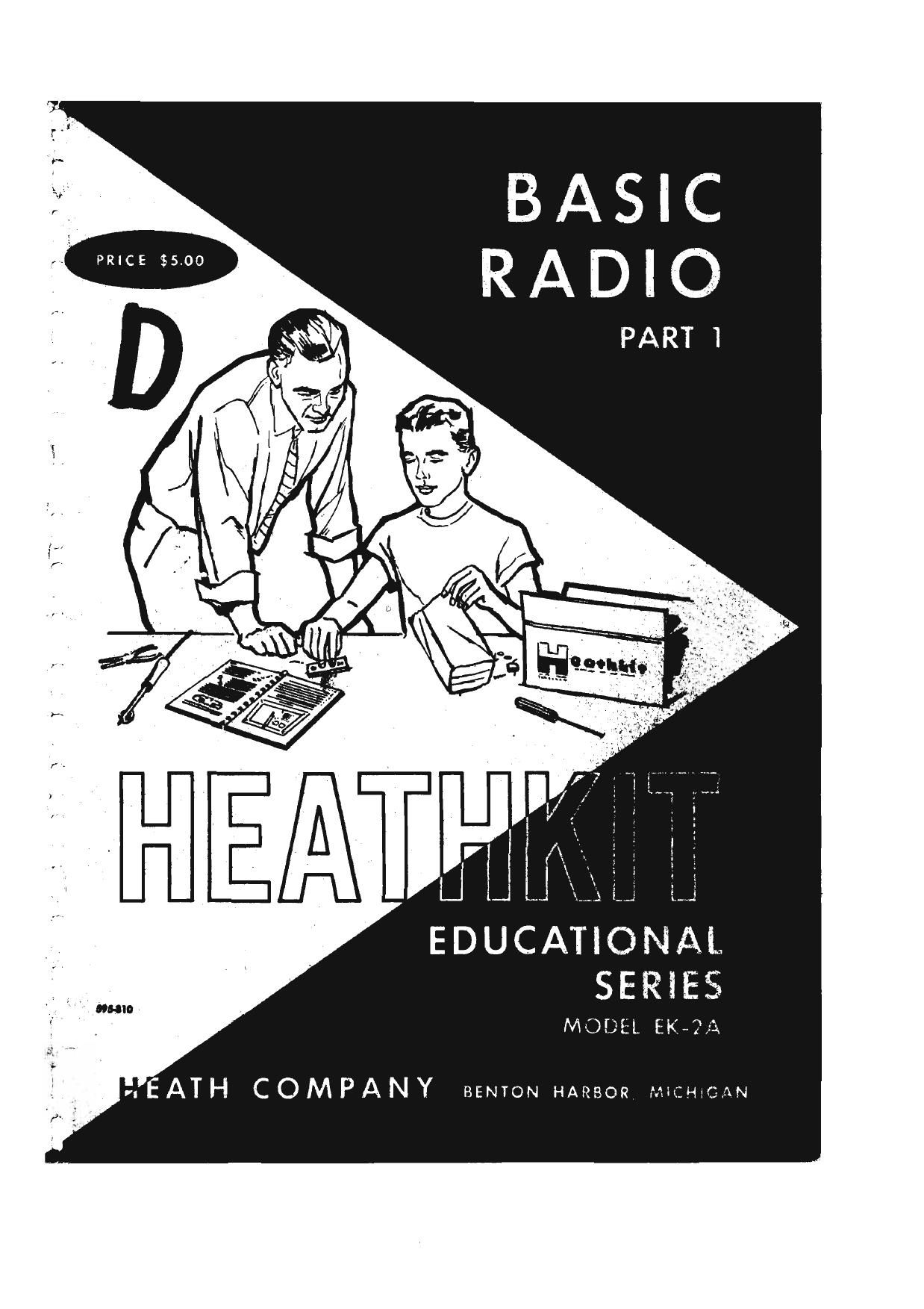Heathkit EK 2A Book Part 1 100 Pages
This is the 100 pages manual for Heathkit EK 2A Book Part 1 100 Pages.
Read or download the pdf for free. If you want to contribute, please upload pdfs to audioservicemanuals.wetransfer.com.
Page: 1 / 100
